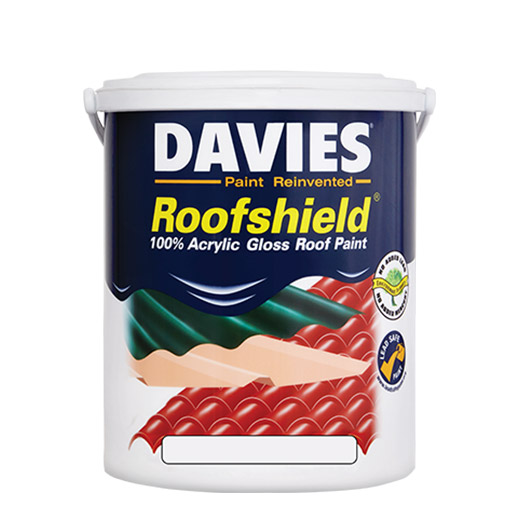Insurance For The Poor
_May_30_2010_cover.jpg/220px-Arabian_Business_(magazine)_May_30_2010_cover.jpg) Financial services for the poor are an important tool in the fight against poverty. One of these services is micro insurance, which helps low-income groups manage risks that impact their daily lives. In return, the micro enterprises (clients) have to pay a small premium (fee) for the service.
Financial services for the poor are an important tool in the fight against poverty. One of these services is micro insurance, which helps low-income groups manage risks that impact their daily lives. In return, the micro enterprises (clients) have to pay a small premium (fee) for the service.
The poor need insurance services because they lead highly unpredictable and uncertain lives amid poverty. Because their monetary safety nets are limited, sudden illnesses or death, minor economic slowdowns and weather-related disasters, all have a huge negative impact on the poor.
Climate change has a particularly damaging impact on the poor because they do not have the means to deal with rising sea levels, prolonged droughts and excessive floods. Although the rich face these risks too, the severity of the impact is much higher for the poor because the loss of property, be it livestock or contracted homes, leaves them vulnerable to disease and hunger.
In the absence of insurance-related financial services, the poor may have to borrow money from loan sharks, which is highly detrimental in the long run.
There may be several micro insurance models but there are two common elements in all of them:
Low insurance premiums – since the policy holders belong to the lower middle class or the lower class, their disposable personal incomes are limited. In this scenario, the insurance premium needs to be low enough so the client can afford the service.
Low coverage limits – this refers to the maximum reimbursement an insurance firm is willing to make in case the client faces a loss. Since the assets owned by micro entrepreneurs have low economic value, the coverage limits are also low. a micro-insurance firm will cover in case of a certain event or over the life of a policy. Examples of such assets are cattle, a small kiosk or corner store, a small crop field.
Moreover, since the insurance premium is low, the coverage is low, because otherwise the transactions may not be economically viable for the firms.
While financial institutions have only recently started offering insurance to the poor, many low-income communities have setup informal micro-insurance groups to keep themselves protected against common risks by creating a pool of funds. For instance, small retail stores in one locality may each contribute $100 into a common fund that goes to any business owner that becomes a victim of theft or fire.
Of course, the poor first need better education and medical facilities, but the utility of financial services for this economic segment cannot be undermined because they help reduce the financial uncertainty in people’s lives.



